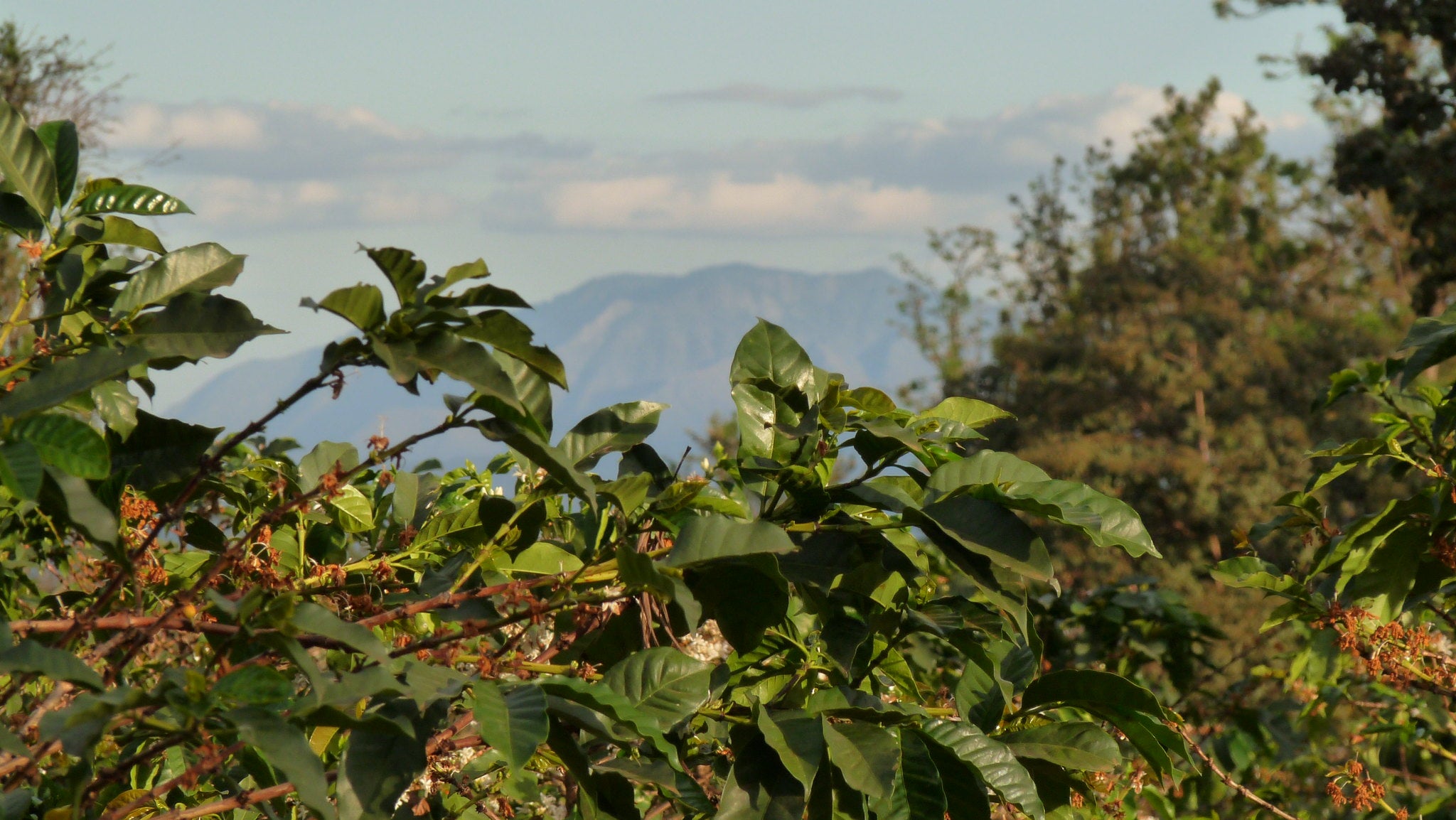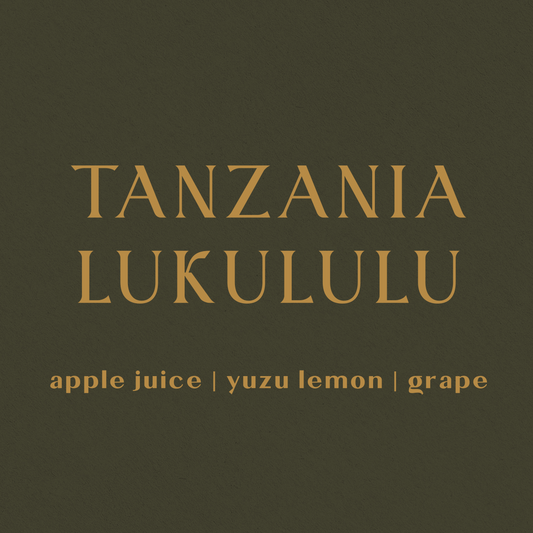
Tanzania
Tanzanian Coffee Trade: Past and Present Overview
1. Historical Background
Coffee was introduced to Tanzania in the 16th century through trade routes from Ethiopia, but commercial cultivation didn’t begin until the late 1800s under German colonial rule. The Kilimanjaro region became the focal point of early development, where missionaries encouraged the Chagga people to adopt coffee farming. Following World War I, British colonial authorities expanded production further, promoting arabica coffee as a cash crop.
In 1925, the Kilimanjaro Native Planters’ Association (KNPA) was established to support smallholder farmers and negotiate fairer prices. This early organization laid the groundwork for cooperative systems that still exist today. By the 1960s, coffee was a major export for independent Tanzania, with production expanding into regions such as Mbeya, Arusha, and Ruvuma.
2. 20th Century Growth and Global Recognition
Tanzania’s coffee industry grew steadily through the mid-20th century, with arabica beans accounting for about 70% of total production and robusta the remaining 30%, primarily from the Kagera region in the northwest. In 1964, the newly formed Tanzanian government established the Tanzania Coffee Board (TCB) to regulate production, licensing, and marketing.
During this period, Tanzanian coffees—especially those from Kilimanjaro and Mbeya—gained recognition for their bright acidity, medium body, and complex fruity or floral cup profiles. Tanzanian peaberries in particular became highly prized among specialty roasters for their dense structure and concentrated flavors.
Despite these achievements, structural and logistical challenges—such as inconsistent infrastructure, limited access to capital, and underinvestment in quality control—hindered Tanzania’s rise to the level of other East African powerhouses like Kenya or Ethiopia.
3. Present-Day Production and Export Trends
Tanzania produces between 800,000 and 1 million 60-kg bags of coffee per year. Roughly 90–95% is exported, primarily as green coffee. Key export destinations include Japan, Italy, Germany, and the United States.
As of the 2024–2025 marketing year, total production reached 950,000 bags, with arabica accounting for 70% of the total. Although Tanzania’s production volume is modest compared to major exporters, the country’s coffees command premium prices in specialty markets—especially microlots from Mbeya, Mbinga, and Arusha.
Coffee remains one of Tanzania’s top non-mineral exports. In Q1 2025, the sector generated approximately $142 million USD in export revenue, reflecting a year-over-year growth of 6.3%.
4. Market Dynamics and Trade Challenges
The Tanzanian coffee sector faces several persistent challenges:
Climate variability, particularly irregular rainfall and rising temperatures affecting harvest cycles in the Southern Highlands
Aging tree stock and limited access to agronomic support or disease-resistant varieties
Market inefficiencies, including delays in payments and weak farmer bargaining power in the auction system
High transportation costs due to underdeveloped rural infrastructure
Additionally, global price volatility in the C-market has created uncertainty for Tanzania’s largely smallholder-based sector. To address this, the government and TCB have promoted direct trade relationships, allowing cooperatives and exporters to bypass the centralized auction and sell directly to international buyers.
Value-added initiatives—including local roasting and the development of geographical indication (GI) labeling for Kilimanjaro coffees—have gained momentum in recent years but remain limited in scale.
5. Outlook
Tanzania’s coffee industry holds significant potential for growth through quality-focused strategies, improved infrastructure, and international partnerships. The increasing global demand for traceable, sustainable, and origin-distinct coffees aligns well with Tanzania’s regional diversity and peaberry specialty.
While production levels remain relatively modest, the strength of the sector lies in its diverse microclimates, cooperative frameworks, and growing international awareness. Continued investment in post-harvest processing, climate resilience, and direct trade will be key to unlocking Tanzania’s full potential as a standout origin in the specialty coffee world.
Shop Coffees from Tanzania
-
 Sold out
Sold outTanzania Lukululu
Regular price From $20.00 USDRegular priceUnit price / per -
 Sold out
Sold outTanzania Makonga
Regular price From $20.00 USDRegular priceUnit price / per


